September 10, 2025
PRIVACY & SECURITY
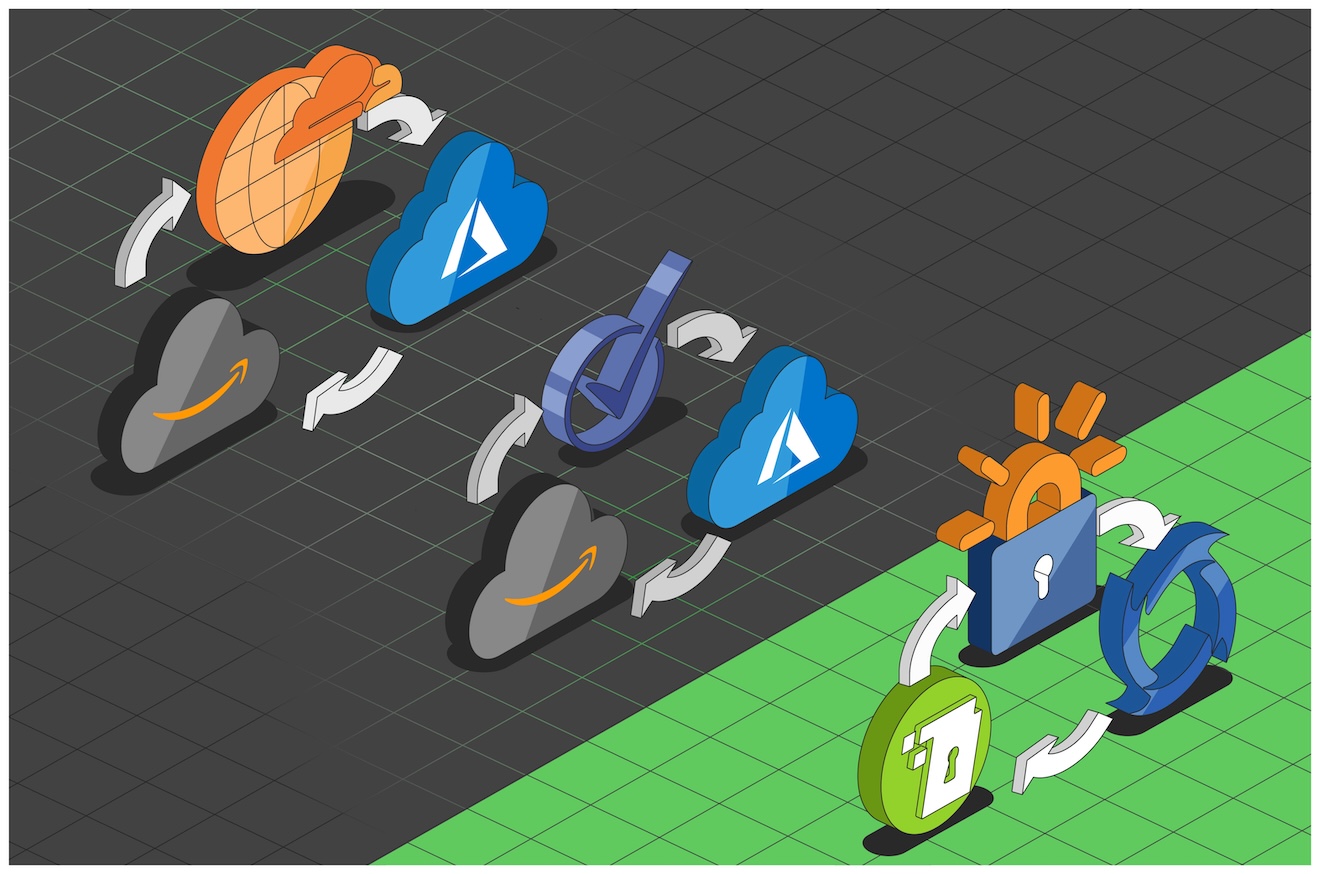
Mike Olsen, Founder & CEOOctober 20, 2025
If you woke up this morning and couldn’t access your banking app, send a Snapchat, or check your Ring doorbell, you weren’t the only one. A major AWS outage in the US EAST 1 region brought down dozens of major platforms.
Amazon Web Services (AWS) offers ways to spread infrastructure across multiple regions to avoid this kind of disruption. But many of the companies affected today did not take that step. Instead, they relied on just one AWS region. When all your systems depend on a single location, one issue can bring everything down. That is not reliable infrastructure. It is a fragile setup covered by a nice-looking interface.
And this kind of risk is not limited to social apps or smart devices. It also affects tools used in education, including online proctoring.
Several remote proctoring companies that launched during the pandemic were built quickly using off-the-shelf technology. Many used AWS templates designed to help developers get up and running fast. That is fine as a starting point. But when companies rely entirely on quick-start templates and never build a stronger foundation, they end up with platforms that appear ready for scale but are not.
These shortcuts often go unnoticed until something goes wrong. And when AWS has a problem, as it did today, those platforms can go completely offline. You can see this on the status pages for Respondus and Honorlock.
But the risks go beyond downtime. Some companies also pass student data to third-party systems like Amazon Rekognition. According to *The New York Times*, Honorlock sends data to Amazon’s AI service when Rekognition fails. As the Times reported, “Honorlock tells Amazon’s engineers,” and, according to Brandon Smith, Honorlock’s president and chief operating officer, “They take our real data and use it to improve their A.I.”
At Proctorio, we have always done things differently. We do not sell or share student data. We have used end-to-end encryption since 2013, which means even we cannot access exam recordings. Privacy is not just a promise. It is part of the foundation of our system.
When it comes to remote exams, reliability is essential. Even a short disruption can throw off a test or worse, alter a student’s future. Think high-stakes exams like the Bar Exam. That is why we designed Proctorio from the ground up to stay online even when cloud providers experience problems.
Remember the 2016 Dyn DNS attack? A massive DDoSbrought down Twitter, Netflix, Reddit, PayPal for hours. But not Proctorio. Proctorio doesn’t rely on just one internet routing system. We use multiple providers for domain management, so if one goes down, the other can seamlessly handle 100% of the traffic.
We also use multiple security certificates from different providers. These are rotated regularly. If one ever fails or expires, we can switch to another without interrupting service. We've also moved to shorter-lived certificates, aligning with the CA/Browser Forum's approved plan to reduce certificate lifespans to 47 days by March 2029. The timeline: 200 days by March 2026, 100 days by March 2027, 47 days by 2029. Why? Shorter lifetimes reduce vulnerability windows.
Most importantly, our platform runs in 26 locations around the world using a mix of cloud providers including Azure, Cloudflare, and AWS. So even if one region or provider has an issue, our service continues without interruption. That is exactly what happened today. While others went offline, Proctorio kept running. Students kept taking exams.
You can view our full list of our sub-processors here.
It is easy to ignore infrastructure when everything is working. But if your proctoring service went down today, now is the time to ask important questions.
Are they relying on just one region or provider?
Did they make decisions to save money rather than to build for reliability?
Do they have real backup systems in place, or are they just hoping nothing fails?
Are they actually protecting student data?
Software built for education should be built to last. It should expect problems and be ready for them.
Proctorio was not built in a rush, and we do not take shortcuts. We have never raised venture capital, and we have been carbon negative since 2018. Our focus is long-term. We support schools, protect students, and build sustainable systems.
Today’s outage will likely fade from the headlines quickly. Many companies will return to the same fragile setups because they are cheaper and easier. But if you are choosing a vendor, now is the time to ask the hard questions. Ask how their systems are built. Ask what happens when something fails.
Because in 2025, hoping everything works is not a strategy.
Planning for failure and building to withstand it is.
Your students deserve more than a blank screen and an apology.
Edited October 22, 2025
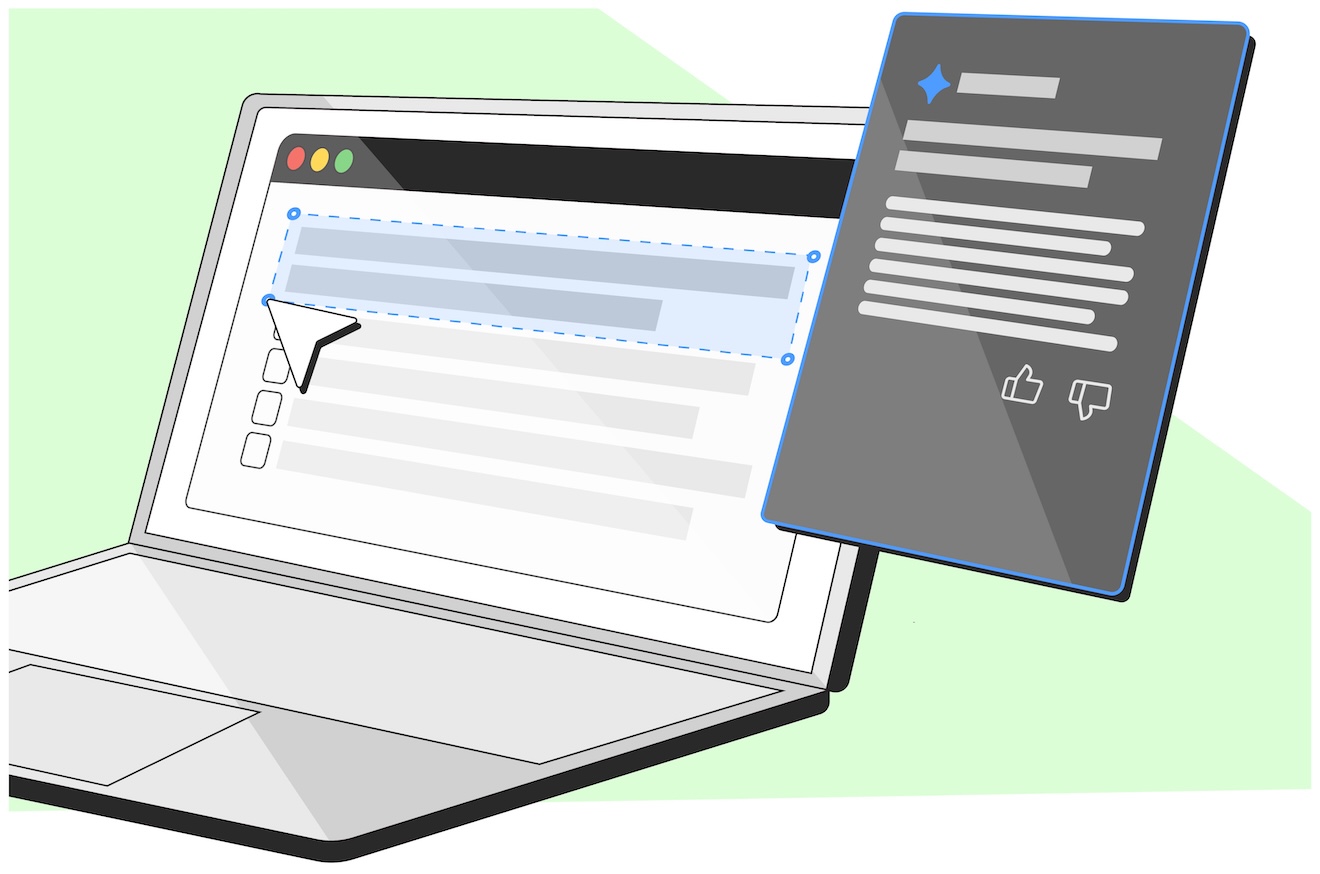
September 10, 2025
PRIVACY & SECURITY
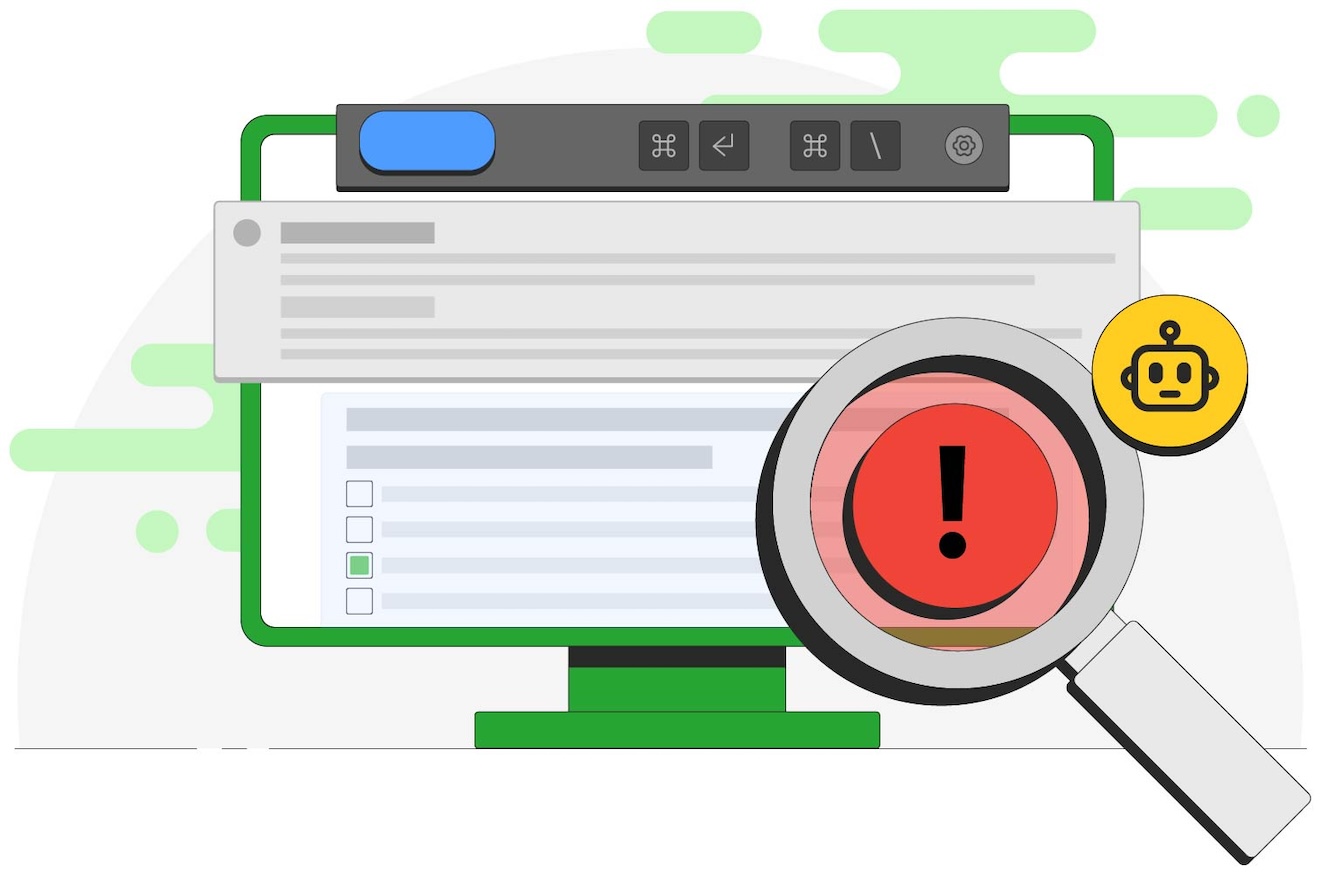
May 28, 2025
PRIVACY & SECURITY
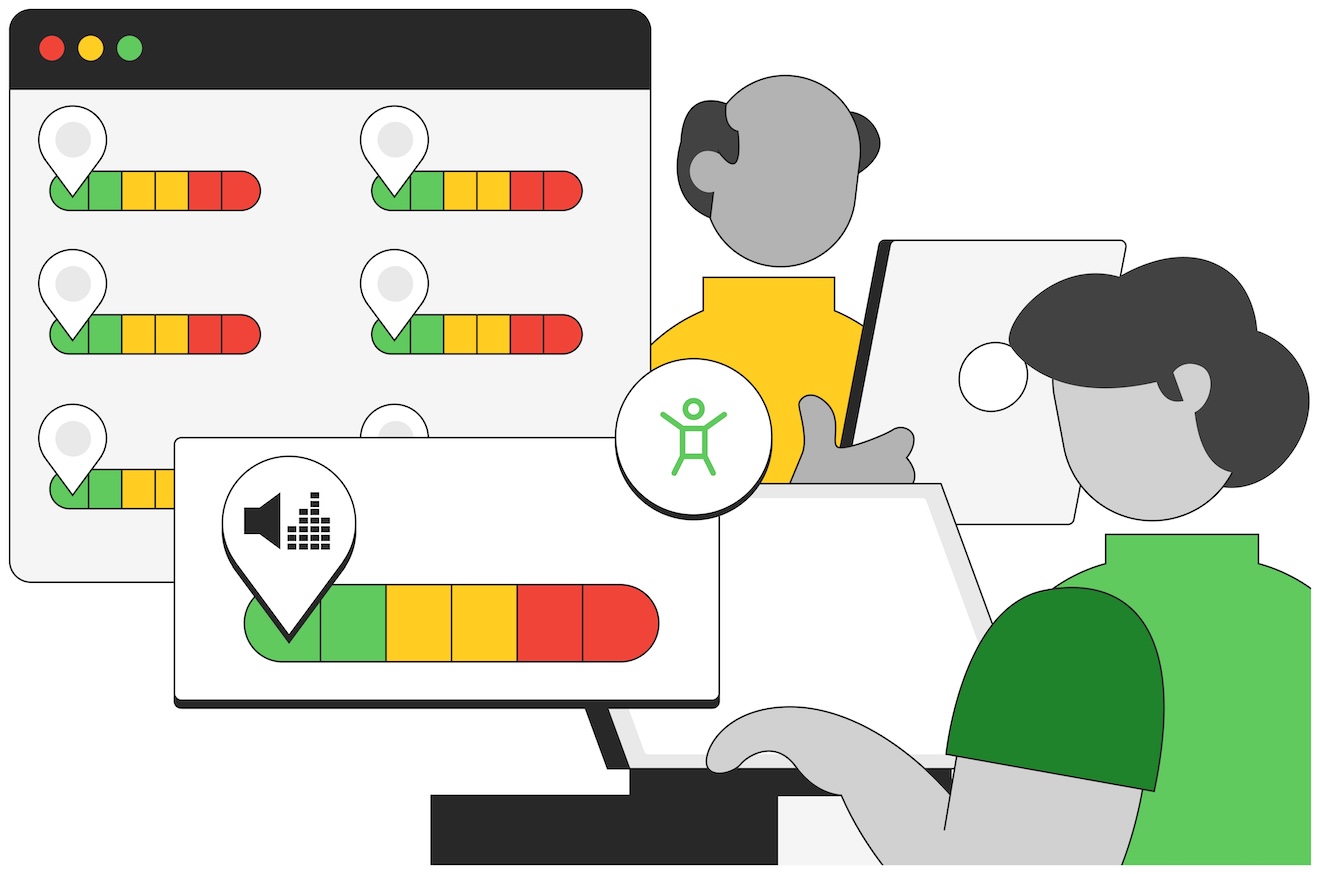
November 18, 2024
PRIVACY & SECURITY
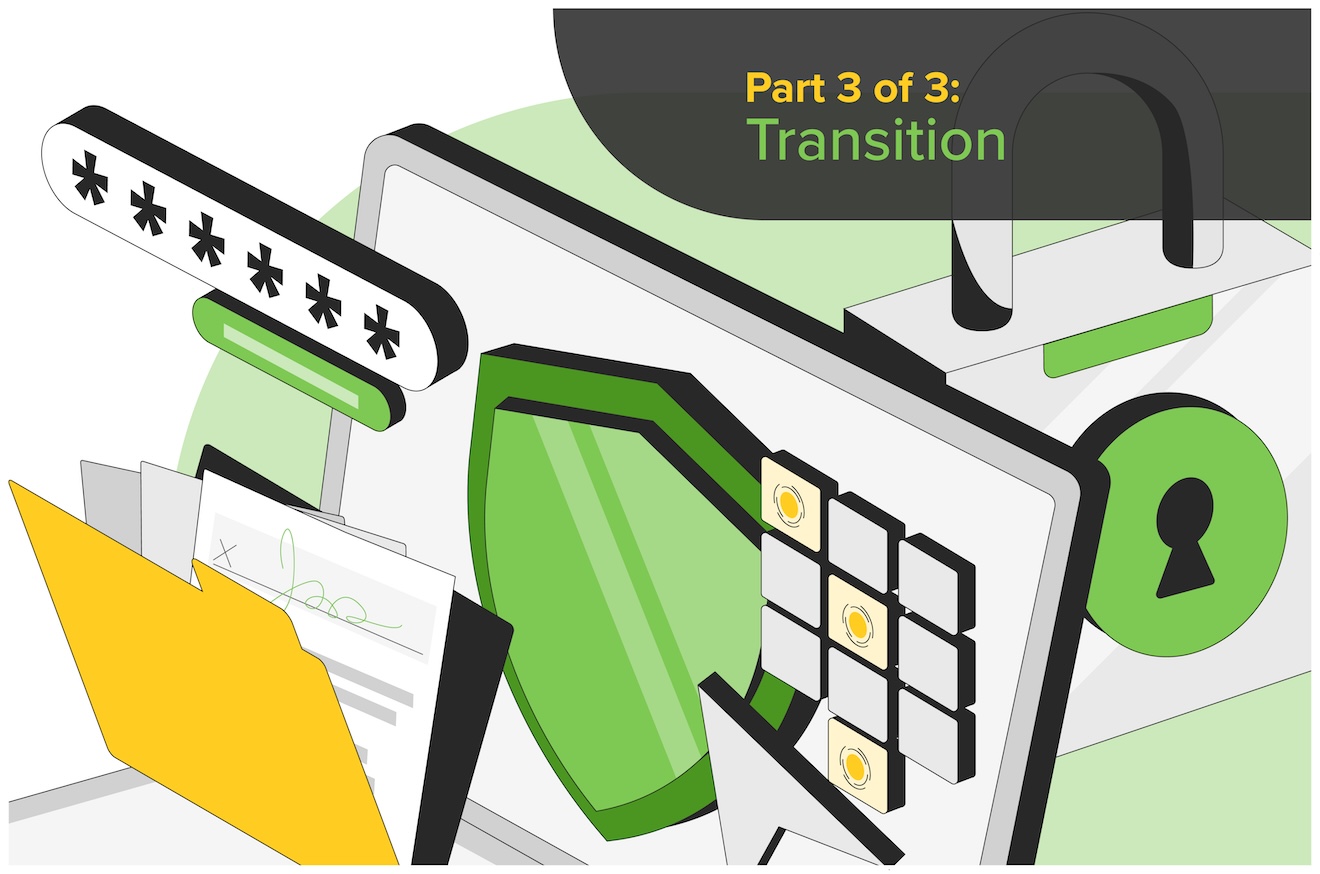
August 14, 2024
PRIVACY & SECURITY
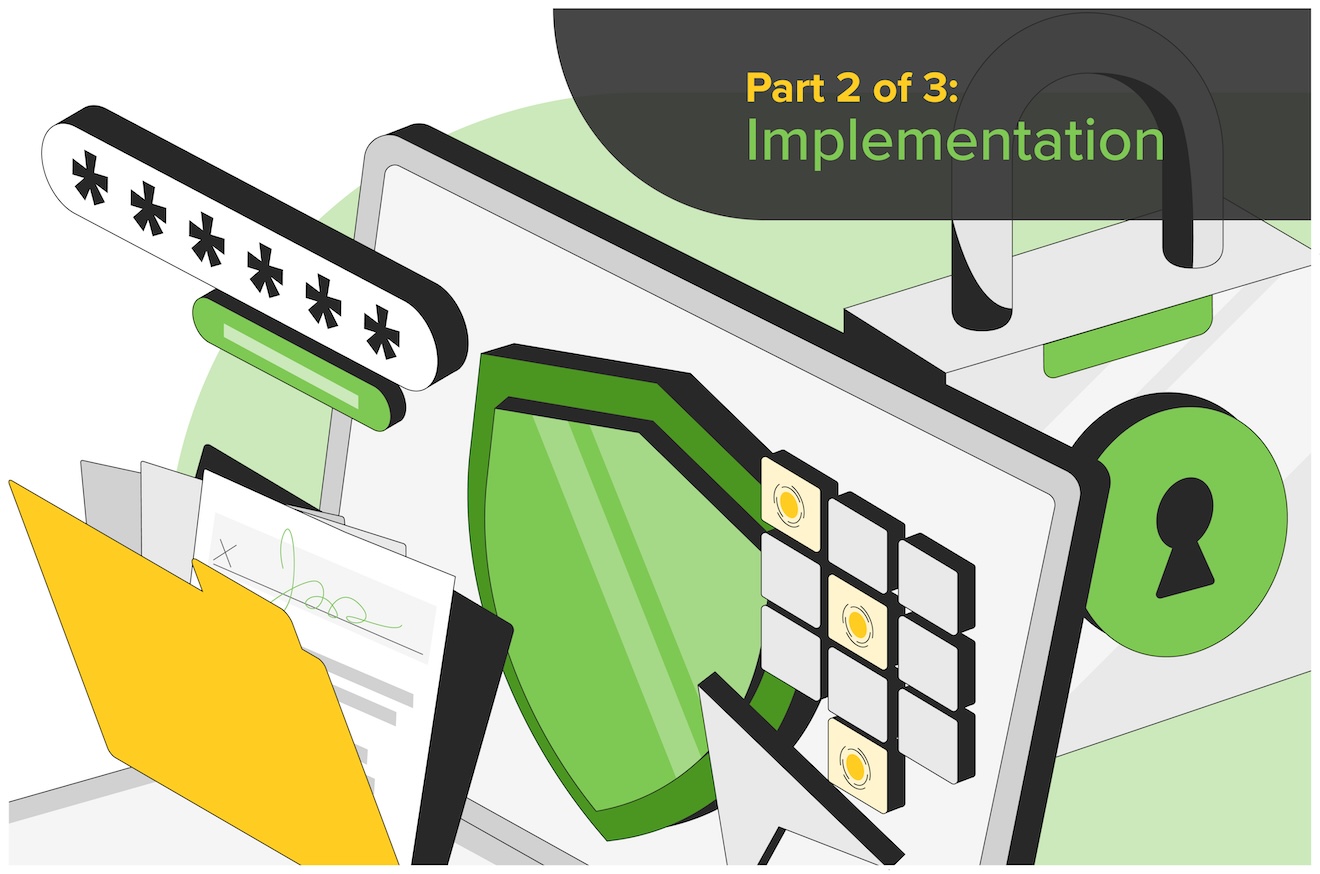
July 31, 2024
PRIVACY & SECURITY
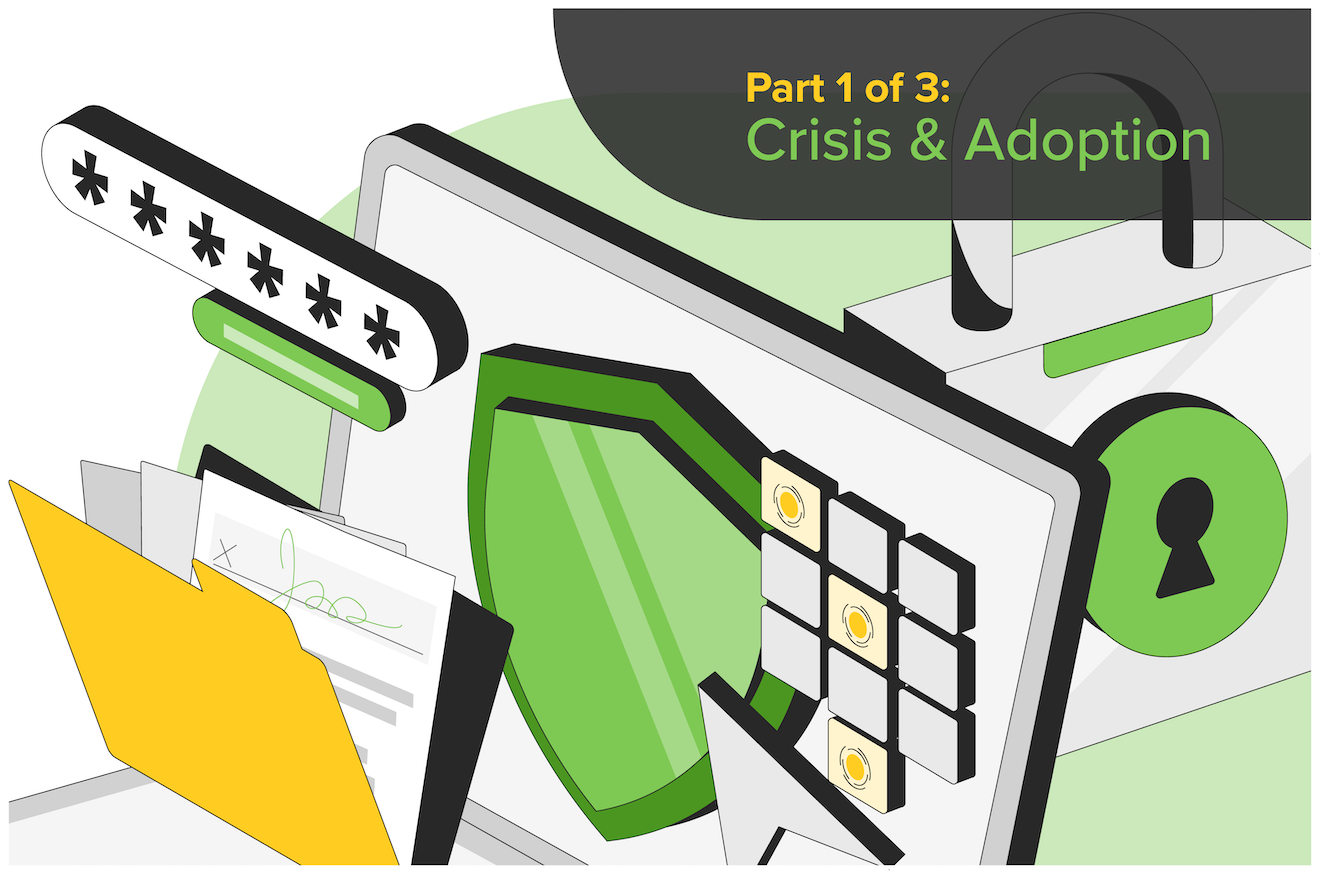
July 17, 2024
PRIVACY & SECURITY
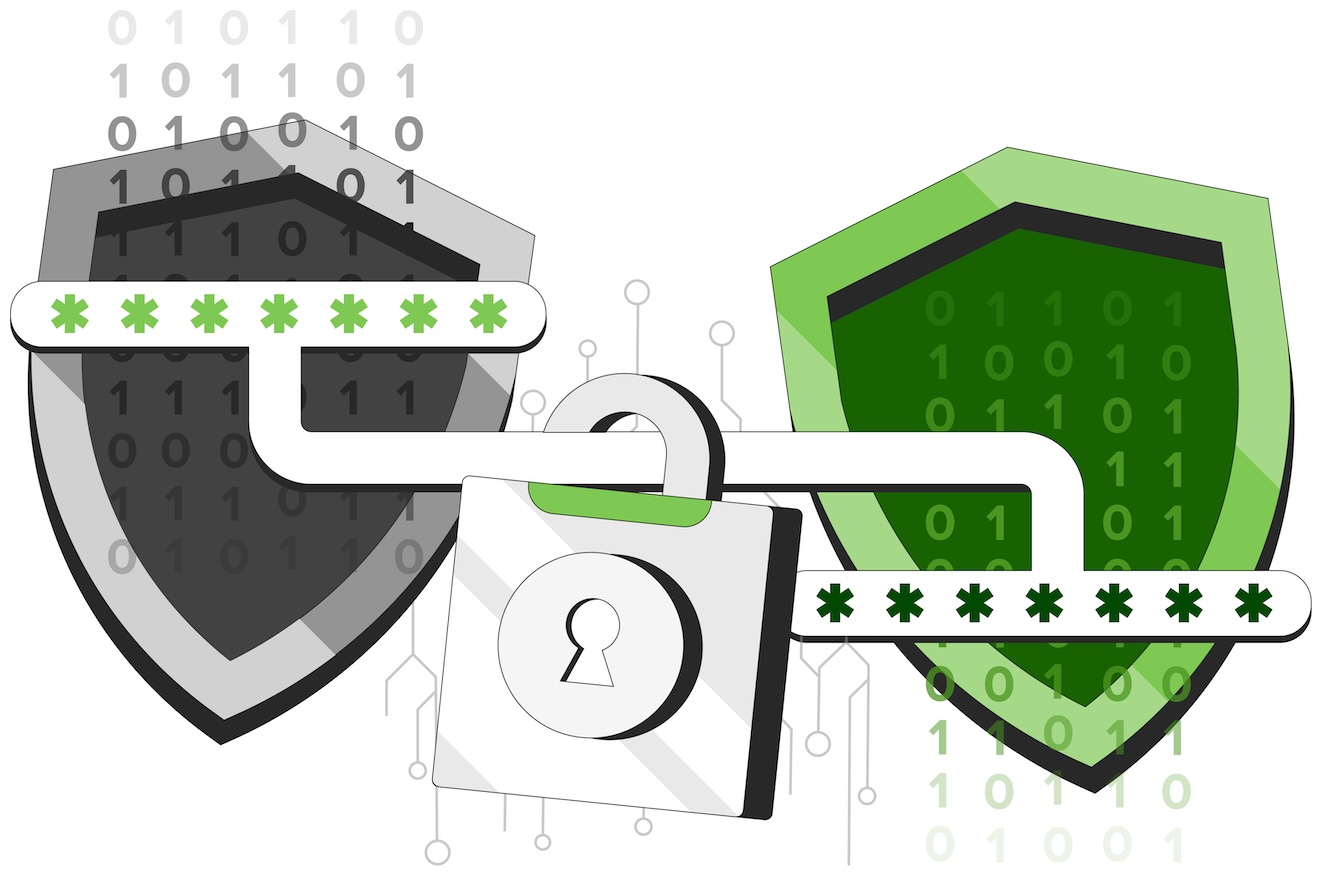
March 21, 2024
PRIVACY & SECURITY
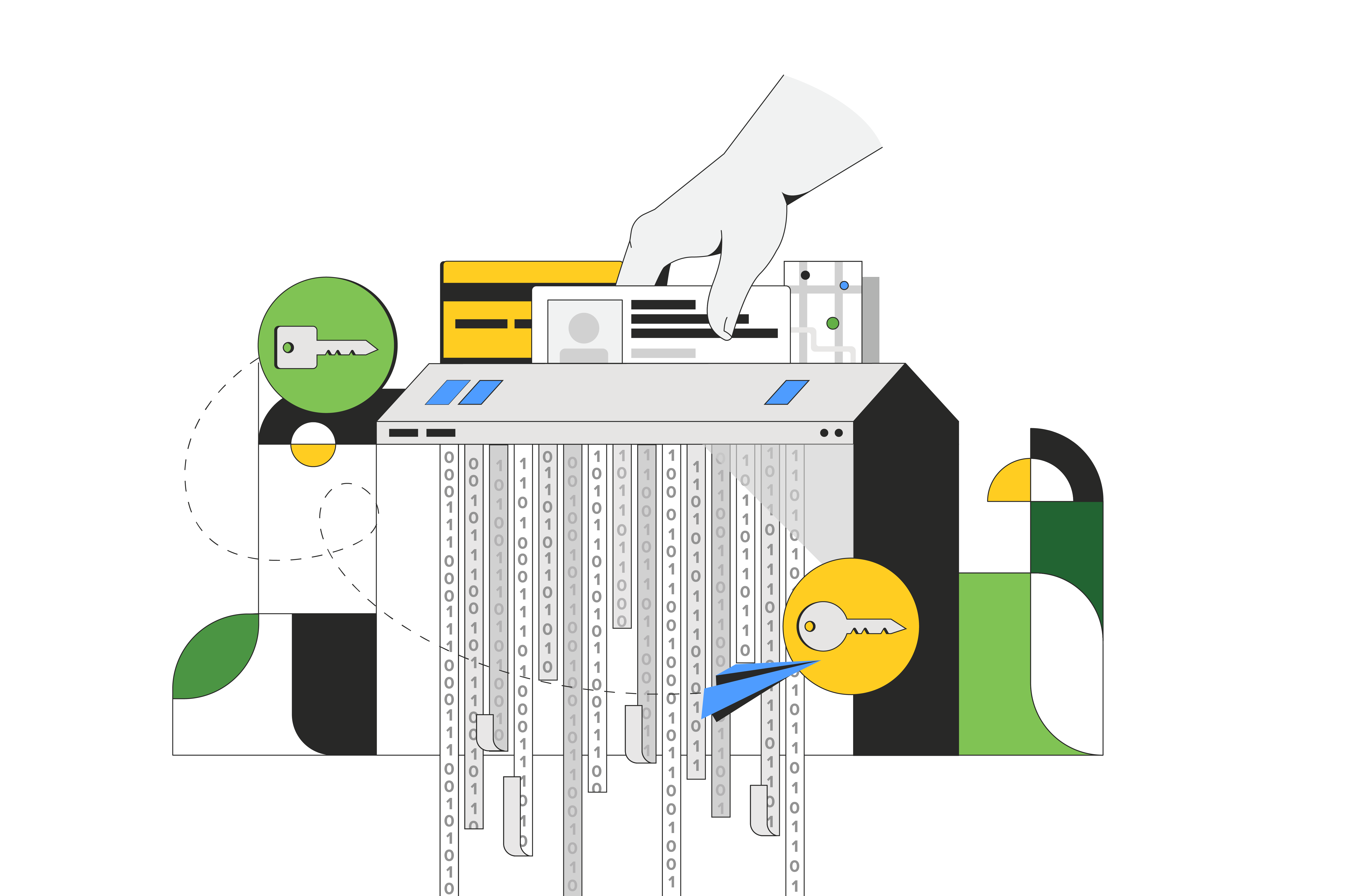
September 19, 2023
PRIVACY & SECURITY

November 3, 2022
PRIVACY & SECURITY

October 28, 2022
PRIVACY & SECURITY

June 03, 2022
PRIVACY & SECURITY
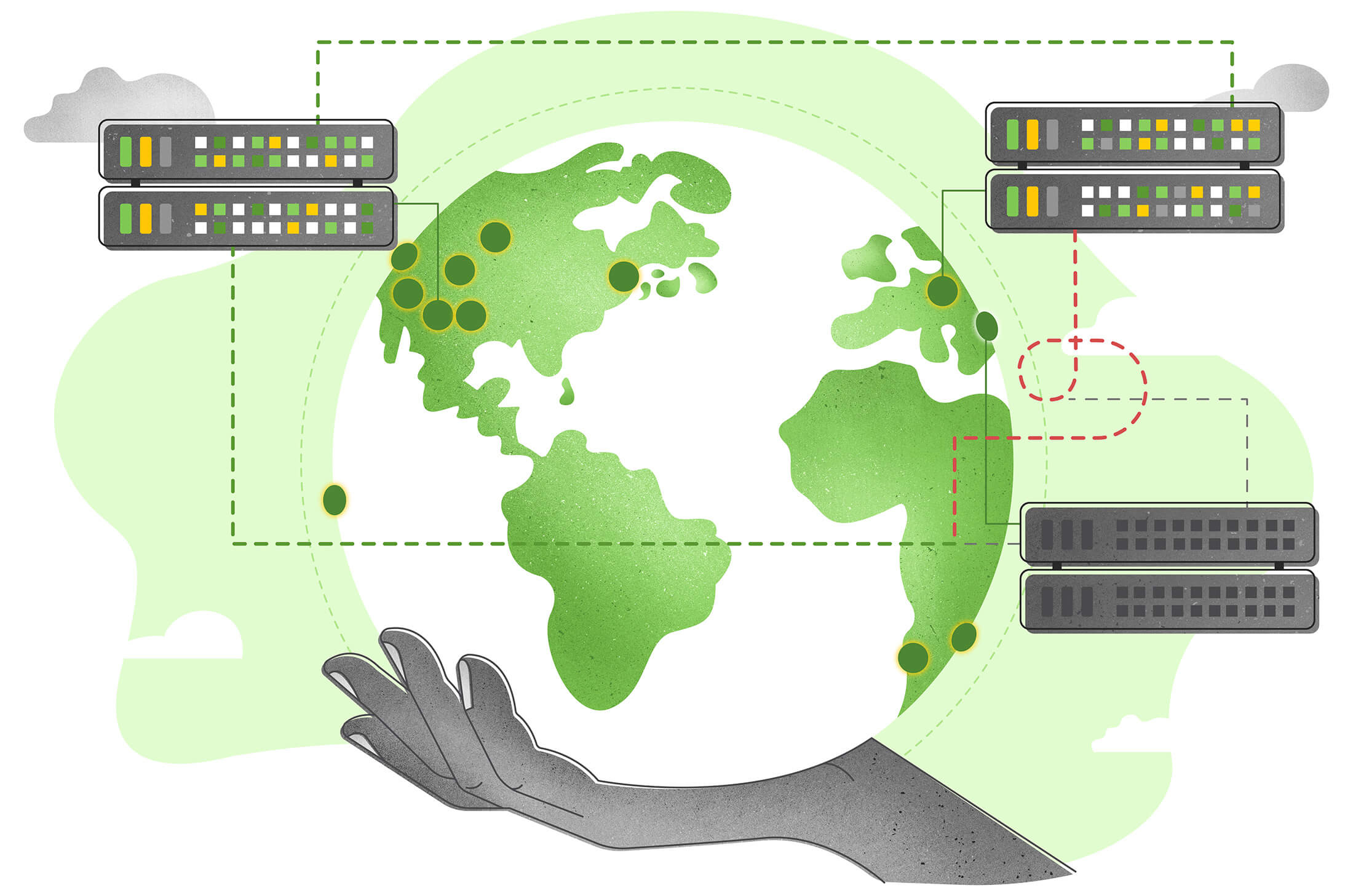
January 5, 2022
PRIVACY & SECURITY
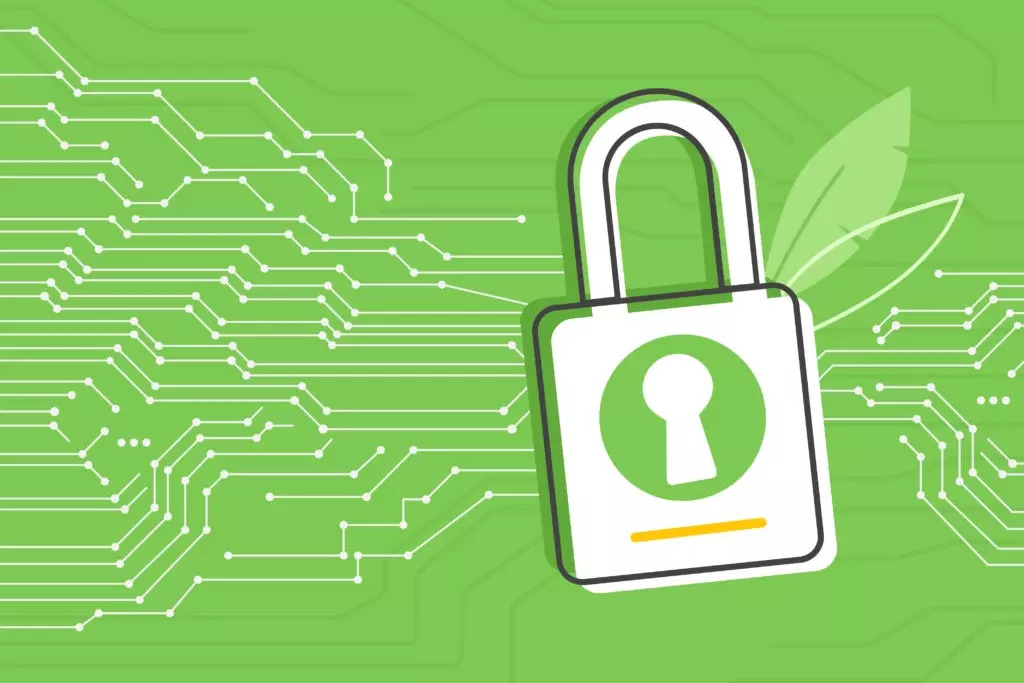
November 01, 2020
PRIVACY & SECURITY
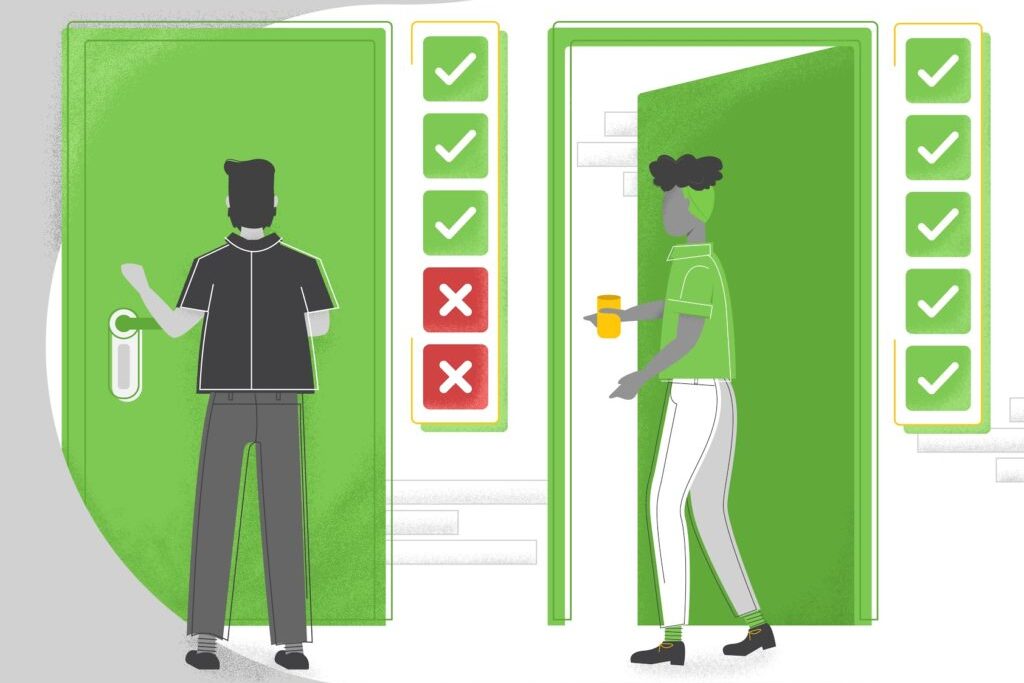
October 06, 2020
PRIVACY & SECURITY

August 16, 2020
PRIVACY & SECURITY
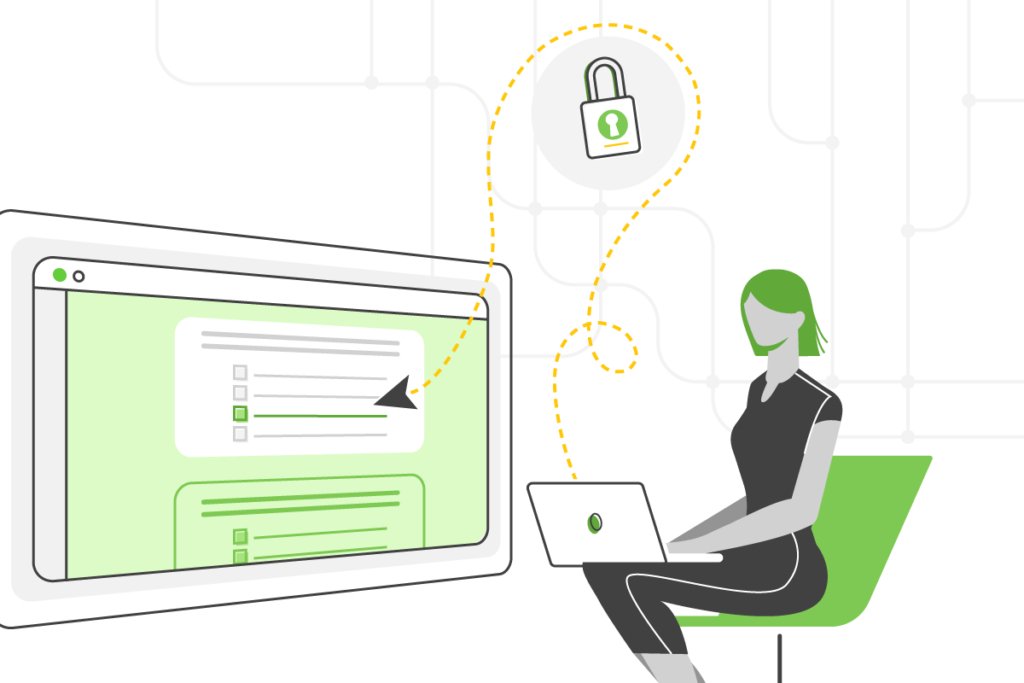
August 15, 2020
PRIVACY & SECURITY